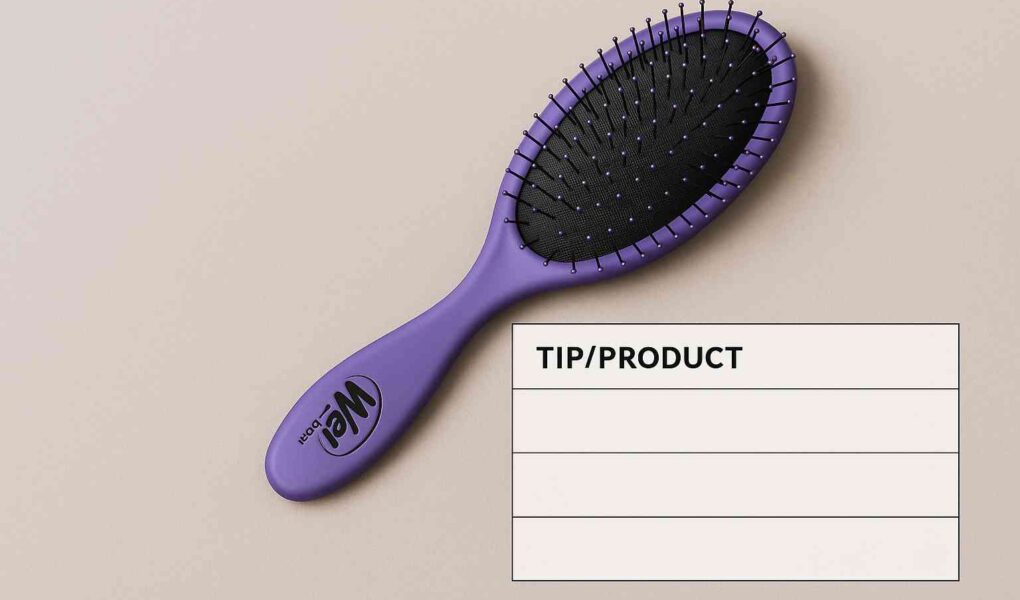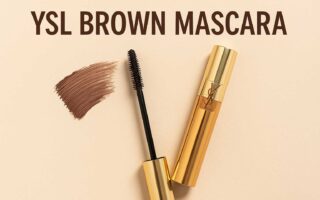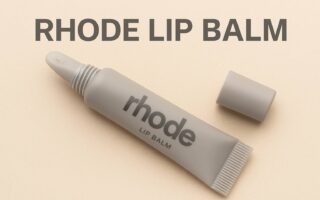Tangled hair is every girl’s struggle at some point whether you’re dealing with post-shower knots or long locks prone to breakage. If you haven’t yet discovered the magic of the wet brush, you’re about to unlock one of beauty’s best-kept secrets. This simple yet transformative hair tool has changed the way millions of women approach haircare, offering a gentler, healthier way to brush your hair without the usual pulling and pain. Whether you’re managing straight, curly, thick, or fine hair, the wet brush can be a game-changer.
In this post, we’ll dive deep into what makes the wet brush so special, how it differs from traditional brushes, how to use it properly, and why it deserves a spot in your beauty routine.
Why a Wet Brush Is Different
The wet brush isn’t just a regular hairbrush it’s designed with ultra-soft, flexible bristles that glide through wet hair without tugging or causing breakage. Traditional brushes tend to stretch the hair strands when they’re wet (and at their weakest), which leads to split ends and damage.
The Secret Is in the Bristles
Wet brushes typically use patented Intelliflex or similar bristles. These ultra-thin, flexible bristles bend with the hair’s natural movement, making it easier to detangle without pulling. The tips are also rounded, so they massage the scalp while brushing improving circulation and promoting hair health.
Benefits of Using a Wet Brush
Here’s why beauty experts (and hairstylists) love the wet brush:
1. Prevents Breakage and Split Ends
Because it detangles gently, there’s less snapping and breaking. Your hair stays healthier and stronger, especially if you brush while it’s still damp.
2. Great for All Hair Types
Whether you’ve got coily curls or super-straight strands, the wet brush works across all textures. It’s especially ideal for curly-haired beauties who want to maintain their curl pattern without unnecessary friction.
3. Safe for Children
Kids with sensitive scalps often hate hair brushing time. The wet brush makes it painless and stress-free—no more tears at the detangling stage.
4. Ideal for Wigs and Extensions
Synthetic or real, wigs and extensions need special care. A wet brush glides through without yanking, keeping them intact and smooth.
When to Use a Wet Brush
You can use a wet brush on both damp and dry hair, but it shines (no pun intended) when your hair is wet, especially post-shower.
Post-Shower Routine
After applying conditioner or leave-in treatment, use the wet brush starting from the ends and work your way up. This prevents unnecessary strain on the scalp and reduces pulling.
During Deep Conditioning
Many women use their wet brush to evenly distribute masks or deep conditioners through the hair. The result? Every strand gets treated, and you get more bang for your buck with your products.
How to Use a Wet Brush Correctly
It’s not just about having the right brush it’s about brushing the right way:
- Always start at the tips and work upward in small sections
- Avoid brushing too aggressively
- Clean your brush weekly (more on that below)
Maintenance Tips
A clean brush is a happy brush. Here’s how to keep your wet brush in great shape:
- Remove loose hair daily
- Soak it in warm water with mild shampoo once a week
- Let it air dry bristles down
Best Wet Brushes on the Market
Ready to shop? Here are some top picks loved by beauty pros:
| Product Name | Features | Best For |
|---|---|---|
| Wet Brush Original Detangler | Flexible IntelliFlex bristles, cushioned pad | All hair types |
| Wet Brush Shine Enhancer | Natural boar + IntelliFlex bristles | Smoothing and shine |
| Wet Brush Go Green | Plant-based handle, eco-friendly | Sustainable beauty lovers |
| Wet Brush Pro Detangler | Ergonomic handle, salon-grade durability | Professionals and stylists |
Expert Tips to Maximize Results
- Pair with a leave-in conditioner for even easier detangling
- Keep a separate brush for dry hair to avoid product build-up
- Avoid brushing hair when it’s dripping wet towel dry first
Natural Home Remedies + Wet Brush Pairings
Want to keep things natural? Here are a few easy homemade treatments that go hand-in-hand with your wet brush:
Coconut Oil Mask
Apply warm coconut oil from mid-shaft to ends. Detangle gently with a wet brush to help distribute the oil evenly.
Aloe Vera Leave-In
Mix aloe vera gel with a bit of water and spray it through your hair. Brush with the wet brush to smooth out tangles.
Final Thoughts
If you’ve been battling breakage, knots, or painful brushing, it’s time to upgrade your hair game with the wet brush. This isn’t just a brush—it’s a self-care essential for anyone who loves their hair. Simple, affordable, and shockingly effective, the wet brush brings ease and health back to your daily routine.
Try one for yourself and let the results speak for themselves. Have a favorite wet brush or a detangling tip? Share it in the comments we’d love to hear from you!
FAQs
What is the wet brush good for?
It’s perfect for detangling wet or dry hair gently without causing breakage. It’s great for all hair types and even for kids.
Can I use a wet brush on dry hair?
Yes! It works just as well on dry hair, especially if you have fragile or fine strands.
How often should I clean my wet brush?
Once a week is ideal. Remove hair daily and wash it gently with mild shampoo to keep it fresh.
Can I use a wet brush on curly hair?
Absolutely. It’s one of the best tools for curly hair because it detangles without ruining the curl pattern.
Is the wet brush better than a wide-tooth comb?
For many people, yes. It’s gentler and quicker, though some still prefer combs for super tight curls.



